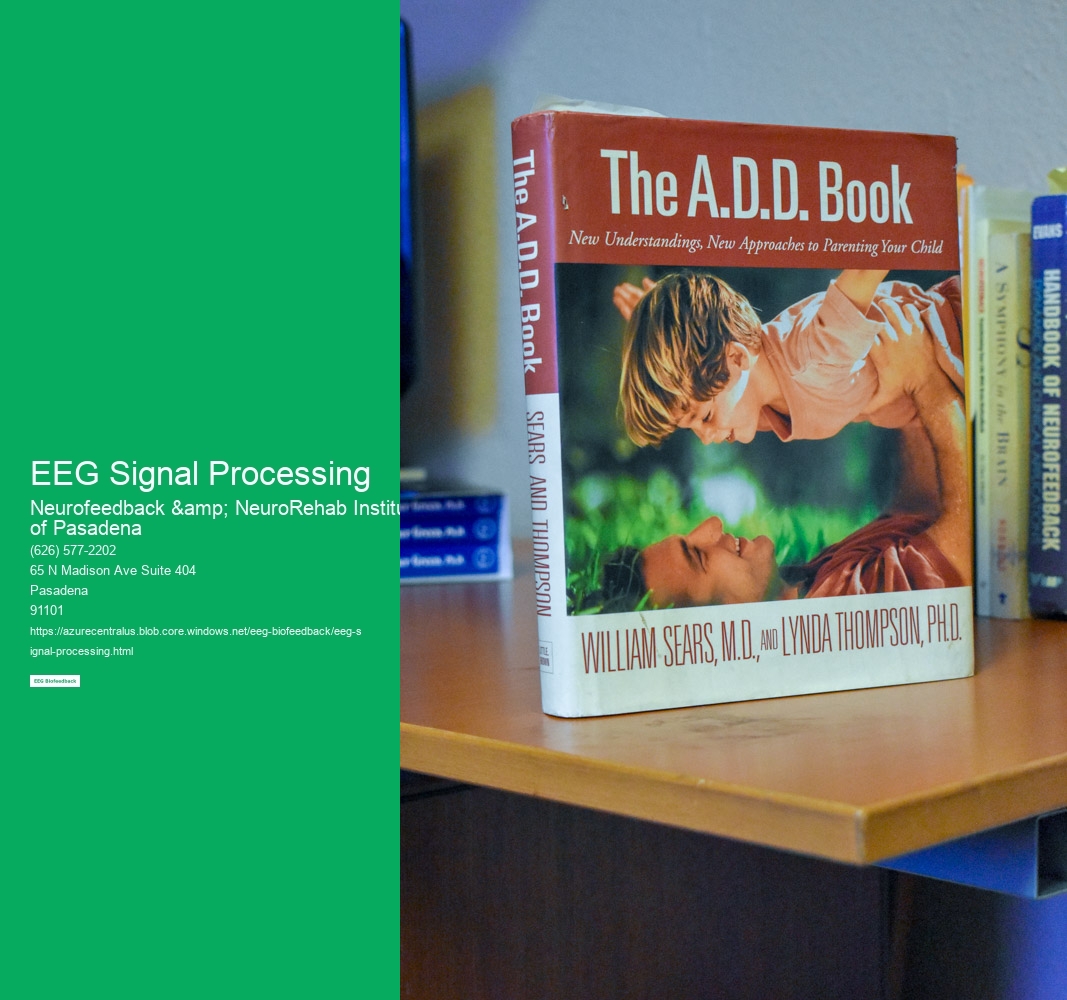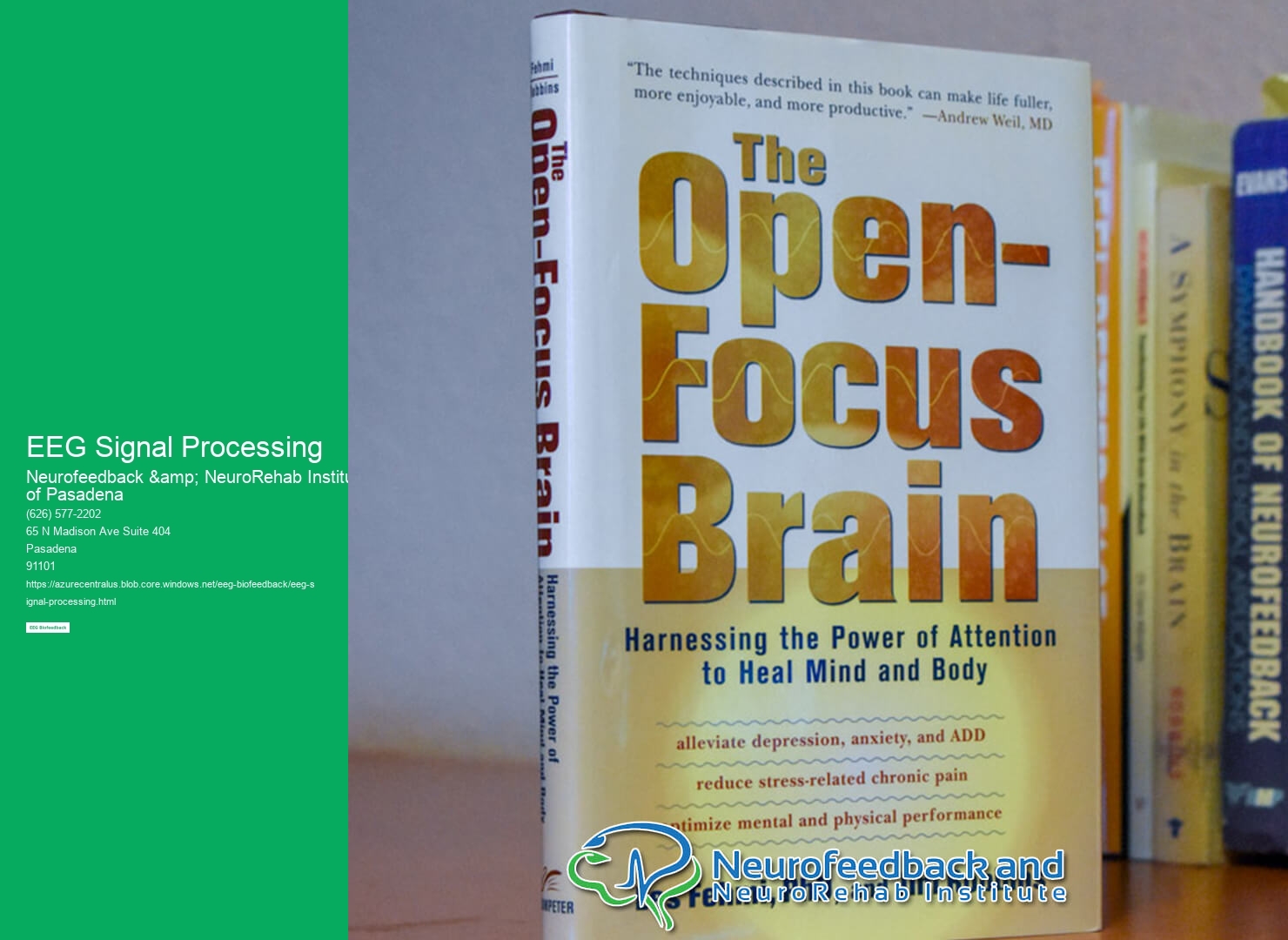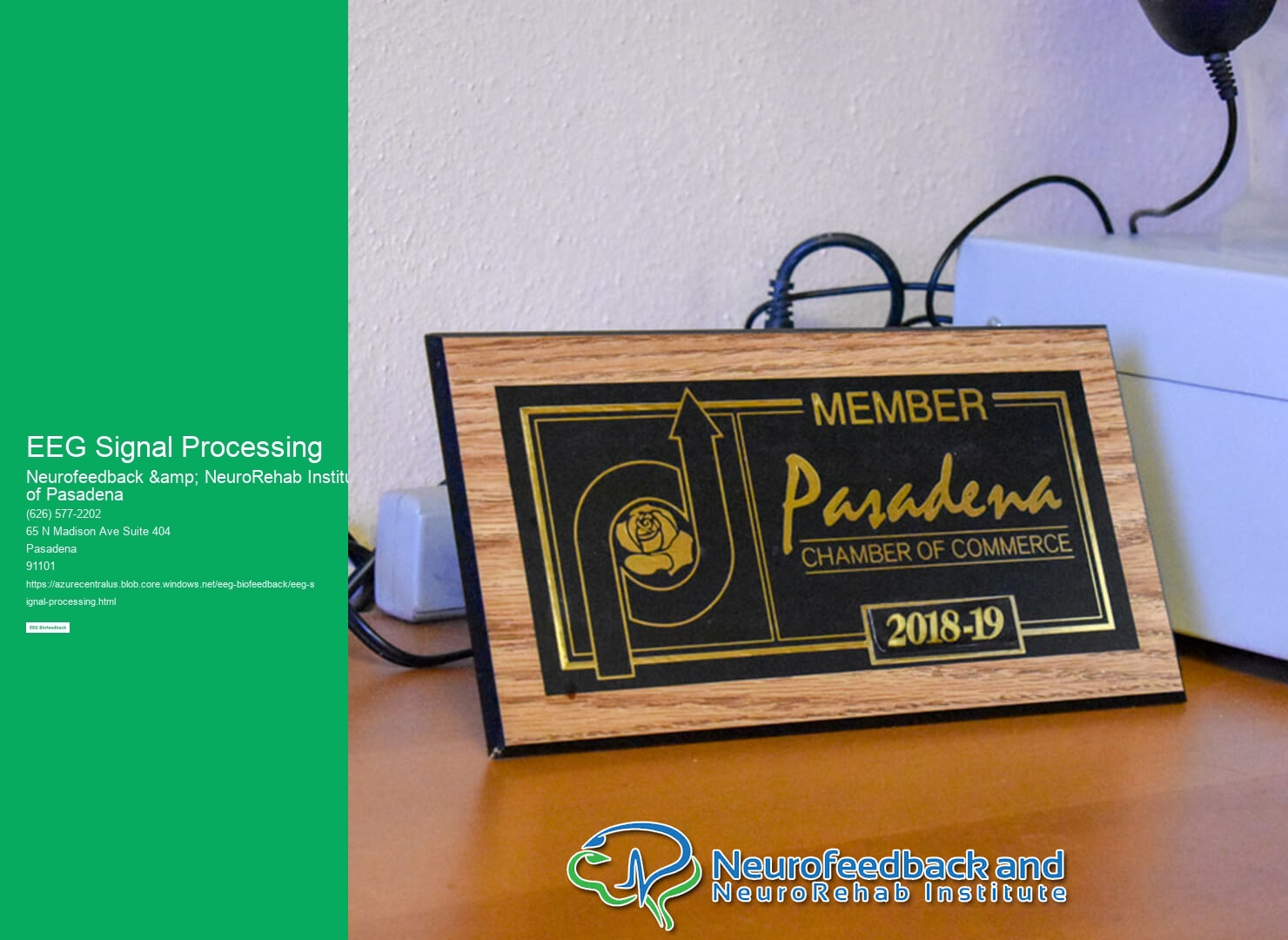

EEG signal processing is a technique used in neuroscience research to analyze and interpret the electrical activity of the brain. EEG, or electroencephalography, measures the electrical signals generated by the neurons in the brain using electrodes placed on the scalp. These signals are then processed to extract meaningful information about brain function and activity. EEG signal processing is used to study various aspects of neuroscience, such as cognitive processes, sleep patterns, and neurological disorders. It allows researchers to gain insights into brain dynamics and understand how different brain regions communicate and interact.
Processing EEG signals poses several challenges due to the presence of various artifacts and noise sources. Artifacts can arise from muscle activity, eye movements, and electrical interference, which can contaminate the EEG signals and affect the accuracy of the analysis. Additionally, EEG signals are often weak and prone to noise from external sources. To address these challenges, researchers employ various techniques such as artifact removal algorithms, filtering methods, and noise reduction techniques. These methods help to enhance the quality of the EEG signals and improve the accuracy of subsequent analysis.
EEG signal processing can be used to detect and classify different brain states or activities by analyzing the patterns and characteristics of the EEG signals. Different brain states, such as wakefulness, sleep, and different stages of sleep, exhibit distinct patterns of electrical activity. By analyzing the frequency, amplitude, and temporal dynamics of the EEG signals, researchers can identify and classify these brain states. Additionally, specific brain activities, such as motor tasks or cognitive processes, can be detected and classified based on the unique patterns of EEG signals associated with these activities. This allows researchers to study brain function and understand how different activities are represented in the brain.

EEG signal preprocessing involves several techniques to improve the quality of the signals before further analysis. Artifact removal is an important step in EEG signal preprocessing, as it helps to eliminate unwanted signals caused by muscle activity, eye movements, and other sources of interference. Various algorithms, such as independent component analysis (ICA) and template matching, can be used to identify and remove these artifacts. Noise reduction techniques, such as filtering and averaging, are also employed to reduce the impact of external noise sources on the EEG signals. These preprocessing steps help to enhance the signal-to-noise ratio and improve the accuracy of subsequent analysis.
Time-frequency analysis is a powerful tool used in EEG signal processing to study changes in brain oscillations over time. EEG signals exhibit rhythmic patterns of activity known as brain oscillations, which are associated with different cognitive processes and brain states. Time-frequency analysis allows researchers to examine how the power and frequency of these oscillations change over time. Techniques such as wavelet transforms and spectrograms are used to analyze the time-varying frequency content of the EEG signals. This analysis provides insights into the dynamic nature of brain activity and helps to understand how different brain regions interact and synchronize.


Advanced methods in EEG signal processing include source localization and connectivity analysis. Source localization aims to determine the spatial origin of the EEG signals by estimating the locations of the underlying neural sources. This is achieved by solving the inverse problem, which involves mapping the measured EEG signals back to their source locations in the brain. Connectivity analysis, on the other hand, focuses on understanding the functional connections and interactions between different brain regions. Various techniques, such as coherence analysis and graph theory, are used to quantify the strength and patterns of connectivity between brain regions. These advanced methods provide a deeper understanding of brain function and can help identify abnormalities in neurological disorders.
Machine learning algorithms play a crucial role in EEG signal processing to improve classification and prediction accuracy. These algorithms can be trained to recognize patterns and relationships in the EEG signals, allowing for automated classification of different brain states or activities. Supervised learning algorithms, such as support vector machines and neural networks, can be trained on labeled EEG data to classify different brain states or detect specific brain activities. Unsupervised learning algorithms, such as clustering and dimensionality reduction techniques, can also be used to discover hidden patterns and structures in the EEG signals. By leveraging the power of machine learning, EEG signal processing can achieve higher accuracy and efficiency in analyzing and interpreting brain activity.

Individuals with traumatic brain injuries (TBIs) can potentially benefit from EEG biofeedback. EEG biofeedback, also known as neurofeedback, is a non-invasive therapeutic technique that uses real-time monitoring of brainwave activity to train individuals to self-regulate their brain function. By providing feedback on brainwave patterns, EEG biofeedback can help individuals with TBIs improve their cognitive functioning, attention, memory, and emotional regulation. It can also help reduce symptoms such as headaches, sleep disturbances, and anxiety. Research has shown that EEG biofeedback can be an effective adjunct therapy for individuals with TBIs, helping them regain control over their brain function and improve their overall quality of life.
EEG biofeedback and mindfulness practices have a close relationship as they both involve the regulation and awareness of brain activity. EEG biofeedback, also known as neurofeedback, is a technique that uses real-time displays of brain activity to train individuals to self-regulate their brainwaves. This can help improve attention, relaxation, and overall brain function. Mindfulness practices, on the other hand, involve paying attention to the present moment with non-judgmental awareness. This practice cultivates a state of mindfulness, which has been shown to have numerous benefits for mental and physical well-being. Both EEG biofeedback and mindfulness practices aim to enhance self-awareness and self-regulation, making them complementary approaches that can be used together to promote optimal brain functioning and overall well-being.
Beta wave synchronization plays a crucial role in cognitive processes during EEG biofeedback. EEG biofeedback, also known as neurofeedback, is a non-invasive technique that aims to train individuals to self-regulate their brain activity. Beta waves are a type of brainwave that are associated with alertness, focus, and cognitive processing. When beta waves are synchronized, it indicates that different regions of the brain are working together in a coordinated manner. This synchronization is essential for optimal cognitive functioning, as it allows for efficient information processing and communication between brain regions. By training individuals to increase beta wave synchronization through EEG biofeedback, it is possible to enhance cognitive processes such as attention, memory, and problem-solving abilities.